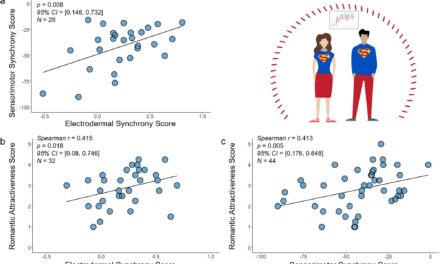North Carolina, US – In a groundbreaking development, researchers from the Duke Clinical Research Institute have unveiled a new wearable heart monitor designed to significantly improve the detection of atrial fibrillation, a common but often undiagnosed irregular heart rhythm linked to increased risk of stroke and heart failure. The study, published on Monday in the Journal of the American College of Cardiology, highlights the potential of this innovative device to enhance early diagnosis, although it stops short of showing a reduction in stroke-related hospitalizations.
Study Highlights Increased Detection
The study enrolled approximately 12,000 elderly patients across the United States, all aged 70 or older, with no prior history of atrial fibrillation. Participants were randomly divided into two groups: one received a 14-day continuous monitoring device, while the other received standard care. After 15 months of follow-up, the findings were striking—there was a 52% increase in the diagnosis of atrial fibrillation among those who used the wearable monitor compared to those who received usual care.
Potential for Improved Patient Outcomes
“Atrial fibrillation is often undiagnosed and can increase the risk of ischemic stroke, which is largely preventable with oral anticoagulation,” said Professor Renato Lopes, the study’s lead author and a Professor of Medicine at Duke University. The findings suggest that the use of wearable monitors could play a critical role in identifying atrial fibrillation earlier, enabling timely intervention with anticoagulant therapy to mitigate stroke risk.
No Immediate Impact on Stroke-Related Hospitalizations
Despite the promising increase in atrial fibrillation detection, the study did not find a corresponding reduction in hospitalizations due to stroke. Professor Lopes emphasized the need for further research to determine whether systematic screening for atrial fibrillation, followed by treatment with anticoagulation, can indeed lower stroke risk in the long term.
The Role of Wearable Technology in Heart Health
The wearable heart monitor used in the study represents a significant advancement over typical heart rate monitors found in smartwatches, which, while useful for tracking heart rate during exercise or stress, lack the accuracy needed for medical diagnostics. These new monitors are equipped with sensors that continuously detect and track heart rhythms over extended periods, offering a more reliable tool for diagnosing conditions like atrial fibrillation.
Conclusion
As wearable technology continues to evolve, its applications in healthcare are expanding, offering new opportunities for early detection and management of chronic conditions. While this study marks an important step forward in the diagnosis of atrial fibrillation, ongoing research is necessary to fully understand the impact of these devices on long-term patient outcomes. The Duke Clinical Research Institute’s findings underscore the potential of wearable monitors to change the landscape of cardiovascular care, even as questions remain about their role in preventing stroke-related complications.











